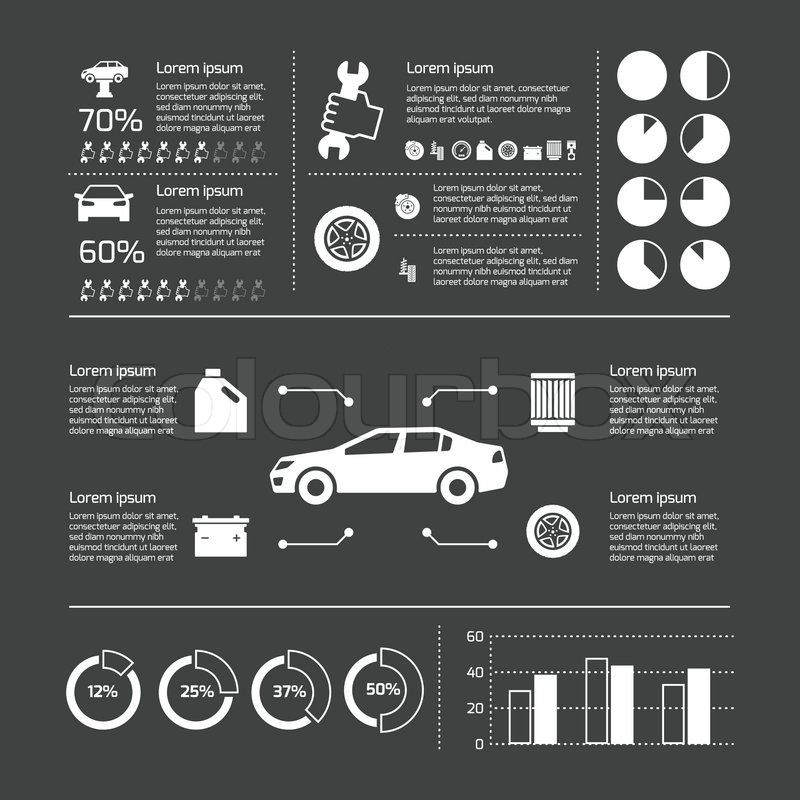Understanding The Value Of Your Vehicle'S Warning Signals: What They In Fact Stand For
Understanding The Value Of Your Vehicle'S Warning Signals: What They In Fact Stand For
Blog Article
Article Written By-Lim Alvarado
When you lag the wheel, those beautiful warning lights on your control panel can be a bit complicated. Do car craft auto detailing know what they're attempting to tell you concerning your cars and truck's health and wellness? Recognizing the importance of these lights is vital for your safety and security and the durability of your lorry. So, the next time among those lights pops up, would not you want to analyze its message properly and take the required steps to resolve it?
Common Caution Lights and Interpretations
Identify common warning lights in your car and understand their significances to ensure secure driving.
One of the most typical caution lights include the check engine light, which signals problems with the engine or discharges system. If this light comes on, it's vital to have your vehicle checked immediately.
The oil pressure cautioning light suggests low oil stress, needing instant interest to avoid engine damages.
A flashing battery light may recommend a malfunctioning charging system, potentially leaving you stranded otherwise dealt with.
The tire stress tracking system (TPMS) light signals you to low tire pressure, impacting automobile stability and gas effectiveness. Ignoring this can result in harmful driving problems.
The ABS light shows a problem with the anti-lock stopping system, jeopardizing your capability to stop promptly in emergency situations.
Finally, the coolant temperature advising light warns of engine getting too hot, which can result in extreme damages otherwise dealt with promptly.
Comprehending these typical warning lights will certainly help you deal with problems quickly and keep secure driving conditions.
Significance of Prompt Interest
Comprehending the usual caution lights in your auto is only the very first step; the relevance of immediately attending to these cautions can't be highlighted sufficient to ensure your security when traveling.
When a warning light illuminates on your dashboard, it's your auto's way of communicating a possible concern that needs focus. Overlooking car detailing in auckland can bring about a lot more severe troubles later on, compromising your safety and possibly costing you more out of commission.
Motivate attention to alerting lights can avoid failures and accidents. For example, a flashing check engine light might indicate a misfire that, if left ignored, might cause damage to the catalytic converter. Addressing this immediately can save you from an expensive repair service.
In a similar way, a brake system advising light may indicate reduced brake fluid or worn brake pads, essential parts for your safety when driving.
Do It Yourself Troubleshooting Tips
If you observe a warning light on your dashboard, there are a couple of do it yourself troubleshooting ideas you can try prior to looking for specialist help.
The very first step is to consult your vehicle's handbook to understand what the specific warning light suggests. Often the problem can be as straightforward as a loose gas cap causing the check engine light. Tightening up the gas cap might settle the trouble.
One more typical problem is a low battery, which can cause different cautioning lights. Inspecting the battery connections for rust and ensuring they're secure may deal with the problem.
If a caution light lingers, you can attempt resetting it by detaching the automobile's battery for a few mins and afterwards reconnecting it. Additionally, checking your automobile's liquid levels, such as oil, coolant, and brake fluid, can help fix cautioning lights associated with these systems.
Final thought
In conclusion, understanding your cars and truck's caution lights is essential for keeping your automobile running efficiently and securely. By immediately dealing with these alerts and knowing what they mean, you can prevent pricey repair work and potential failures.
Keep in mind to consult your automobile's guidebook for certain information on each warning light and take action accordingly to make sure a hassle-free driving experience.
Keep informed, stay risk-free when traveling!
